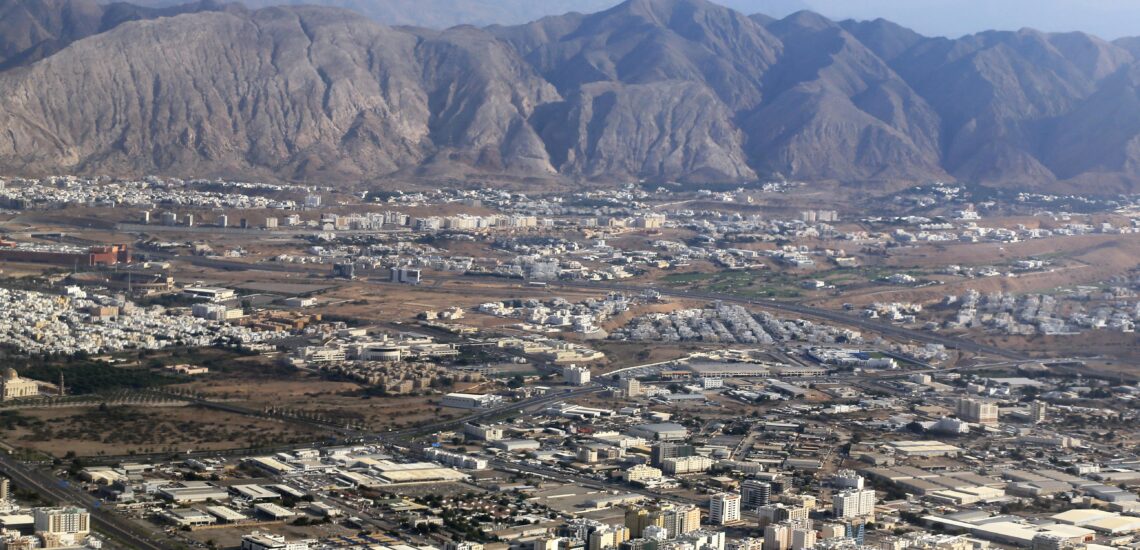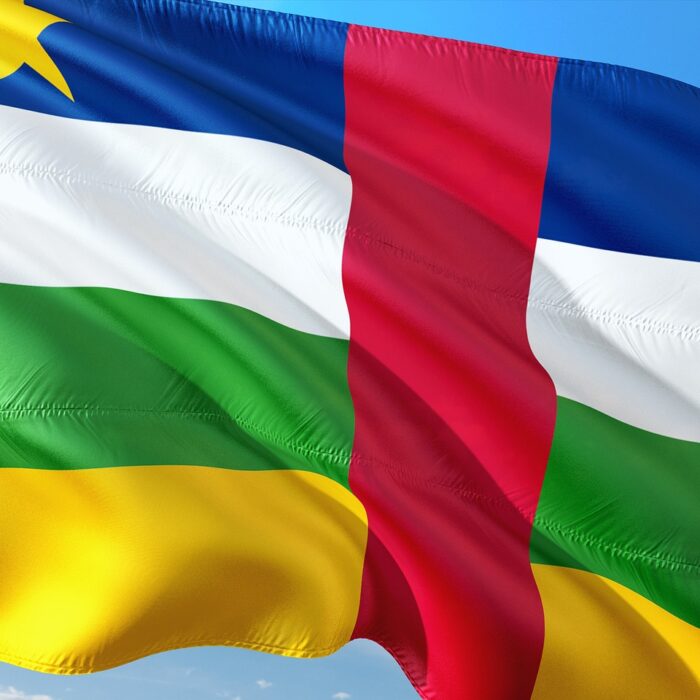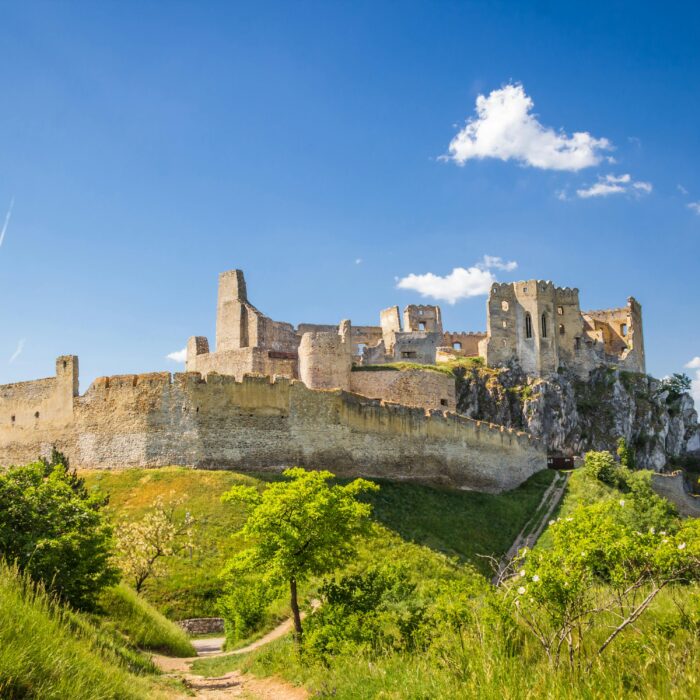Quick facts about Oman:
- Population: Approximately 5.5 million people.
- Capital: Muscat.
- Official Language: Arabic.
- Currency: Omani Rial (OMR).
- Government: Unitary absolute monarchy. Major Religion: Islam, predominantly Ibadhi, with significant Sunni and Shia minorities.
- Geography: Located in the southeastern coast of the Arabian Peninsula, bordered by the United Arab Emirates to the northwest, Saudi Arabia to the west, and Yemen to the southwest. It has a coastline along the Arabian Sea to the south and the Gulf of Oman to the northeast.
Fact 1: Oman has a rich history as a country
Oman has a rich history shaped by its strategic location as a maritime hub. Historically, it was a key center for trade across the Indian Ocean and played a significant role in the ancient Frankincense Trail. The country has been influenced by various civilizations, including the Persians, Romans, and Portuguese. Oman’s historical significance is reflected in its ancient forts, such as those in Nizwa and Bahla, and its long-standing maritime traditions.

Fact 2: Oman is a great place for birdwatching enthusiasts
Key birdwatching spots in Oman include the Salalah region, known for its lush greenery and seasonal monsoon rains that attract migratory birds. The Musanada Nature Reserve and the Riyam Park in Muscat offer opportunities to see a variety of species in more urban settings. The Wadi Bani Khalid and the Jebel Akhdar mountains also provide habitat for a number of resident and migratory birds.
Birdwatchers can spot species such as the Arabian Oryx, Hume’s Tawny Owl, and various species of sandgrouse and eagles. Oman’s commitment to preserving natural habitats and its strategic location along migratory routes make it a prime location for birdwatching.
Fact 3: There are 5 UNESCO World Heritage sites in Oman
Oman is home to five UNESCO World Heritage Sites, each representing a unique aspect of the country’s rich history and cultural heritage:
- Bahla Fort: Located in the town of Bahla, this fort is a prime example of traditional Omani architecture. The fortification, built of mud bricks, dates back to the 13th century and has been an important center for trade and regional control.
- The Archaeological Sites of Bat, Al-Khutm, and Al-Ayn: These sites are significant for their well-preserved ruins of ancient settlements, tombs, and towers from the third millennium BCE. They provide insight into the early civilizations of the Arabian Peninsula.
- The Frankincense Route: This site comprises a series of ancient trade routes and towns that were crucial for the trade of frankincense, a valuable resin used in religious and cultural practices. It includes key locations such as the city of Ubar, or Iram, and various archaeological remains.
- The Historic Town of Zanzibar: Not to be confused with Zanzibar in Tanzania, this site in Oman includes the ancient trading town of Zanzibar. It highlights the region’s role in maritime trade across the Indian Ocean.
- The Land of Frankincense: This site encompasses the ancient frankincense-producing areas of Dhofar. It includes the remains of frankincense trees and ancient production sites, reflecting the historical significance of the spice trade in the region.
Note: If you plan to visit the country, check if you need an International Driving Permit in Oman to rent and drive a car.

Fact 4: Oman is said to have the best frankincense
Oman is renowned for producing some of the finest frankincense in the world. This aromatic resin, derived from the Boswellia sacra tree, has been highly valued since ancient times for its use in religious rituals, perfumes, and traditional medicine.
The Dhofar region in southern Oman is particularly famous for its high-quality frankincense. The unique climatic conditions, including seasonal monsoon rains, contribute to the exceptional quality of the resin. The frankincense harvested here is known for its rich, complex fragrance and purity.
Omani frankincense has a long history of trade, with ancient routes facilitating its export across the Arabian Peninsula and beyond to Europe, Africa, and Asia.
Fact 5: Oman has mountains and many canyons
Oman is often associated with its desert landscapes and extensive coastline, but it also boasts a diverse and dramatic terrain that includes mountains and canyons.
The Hajar Mountains stretch across northern Oman and are the highest mountain range in the Arabian Peninsula. This rugged region offers stunning landscapes with dramatic peaks, deep valleys, and beautiful hiking trails. Notable peaks include Jebel Shams, which, at over 3,000 meters, is the highest point in Oman.
In addition to mountains, Oman is known for its impressive canyons, such as Wadi Shab and Wadi Ghul. Wadi Shab is renowned for its turquoise pools and scenic rock formations, while Wadi Ghul is often referred to as the “Grand Canyon of Oman” due to its vast, deep gorges and spectacular views.

Fact 6: Oman, like many countries in the region, got rich on oil
Oman, like many countries in the Middle East, has experienced significant economic growth due to its oil resources. The discovery of oil in the 20th century transformed Oman from a relatively modest economy into one of substantial wealth.
Oil exploration began in Oman in the 1960s, and the country quickly realized the economic potential of its hydrocarbon reserves. Revenue from oil exports has played a crucial role in modernizing infrastructure, boosting the economy, and funding development projects across the nation.
In recent years, Oman has also been working to diversify its economy to reduce its reliance on oil. Initiatives include investing in tourism, developing infrastructure, and promoting industries such as manufacturing and logistics.
Fact 7: Oman has some of the oldest bazaars in Oman
Oman is home to some of the oldest and most vibrant bazaars in the Arabian Peninsula. These traditional markets, or souqs, offer a rich glimpse into the country’s history and culture.
Muttrah Souq in Muscat is one of the most famous and historic bazaars. It dates back several centuries and remains a bustling center of commerce. The souq is known for its labyrinthine alleys, traditional Omani architecture, and a wide range of goods, including spices, textiles, jewelry, and frankincense. The market’s enduring charm and historic significance make it a popular destination for both locals and tourists.
Another notable bazaar is Nizwa Souq, located in the historic city of Nizwa. This souq is renowned for its traditional Omani handicrafts, including silver jewelry, pottery, and khanjars (traditional curved daggers). It serves as a vibrant hub where visitors can experience local culture and purchase unique souvenirs.
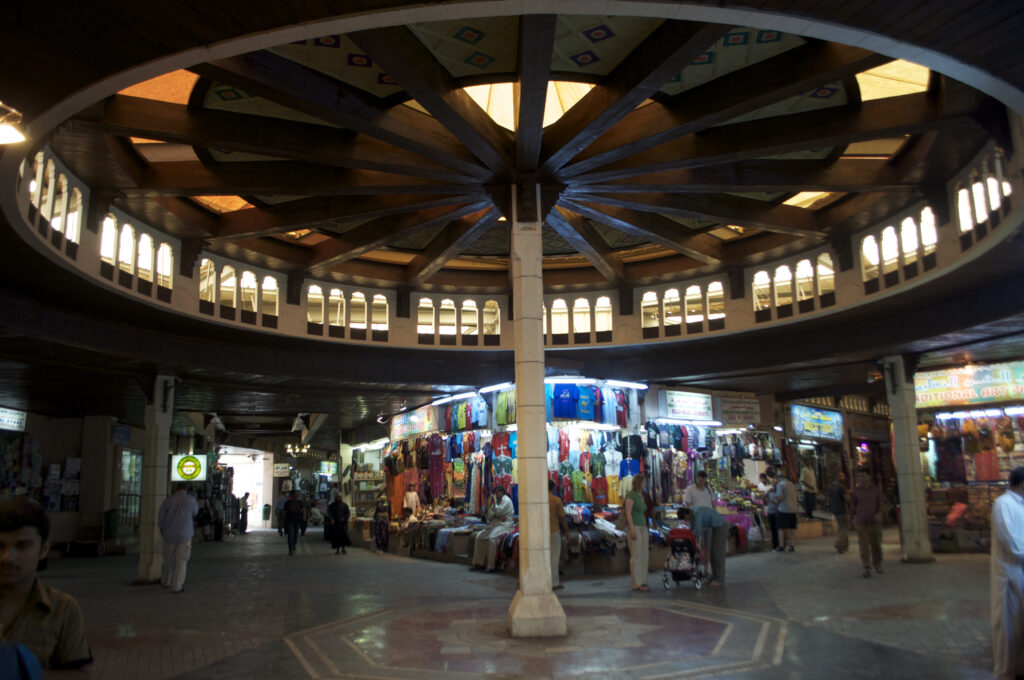
Fact 8: Oman’s favorite drink is Mountain Dew
In Oman, Mountain Dew has gained popularity and is considered one of the favored soft drinks. This citrus-flavored soda, known for its distinctive taste and high caffeine content, has a strong following among Omanis.
The popularity of Mountain Dew in Oman reflects broader global trends, where American soft drinks have found a significant market in many countries. It’s commonly available in restaurants, cafes, and stores throughout the country, alongside other international and local beverages.
Fact 9: Oman has an amazing carved door culture
Oman is renowned for its rich tradition of intricately carved doors. These doors, often found in historic houses, palaces, and mosques. The doors are typically made of wood and are adorned with detailed carvings that reflect Oman’s cultural and artistic traditions. Common motifs include geometric patterns, floral designs, and sometimes scenes from Omani life.
In particular, doors from the coastal city of Muscat and the ancient town of Nizwa are well-known for their elaborate designs. These carved doors are not only functional but also serve as important cultural symbols, representing the artistic heritage and historical significance of Oman.
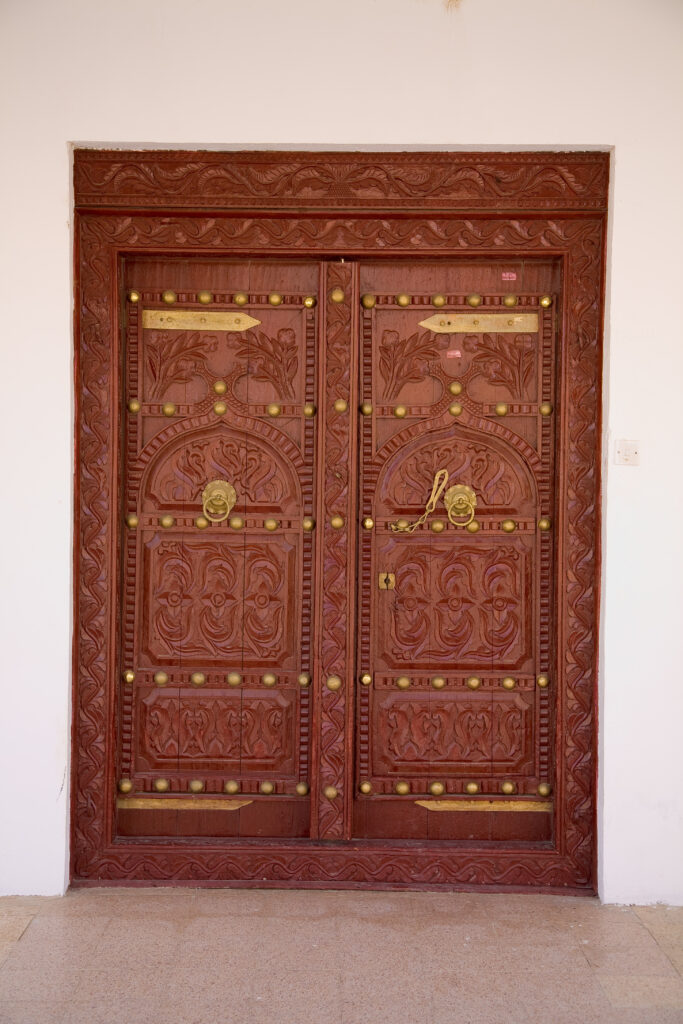
Fact 10: Oman has strict laws regarding alcohol
Visitors and expatriates can purchase alcohol, but it is only available in licensed establishments, such as certain hotels and international restaurants, and through specific government-approved outlets. Public drinking and being under the influence of alcohol in public spaces are strictly prohibited and can result in fines or legal penalties.
Residents must obtain a license to purchase alcohol for personal use, and the consumption of alcohol in private settings, such as within one’s home, is generally allowed if done discreetly.

Published September 01, 2024 • 7m to read

